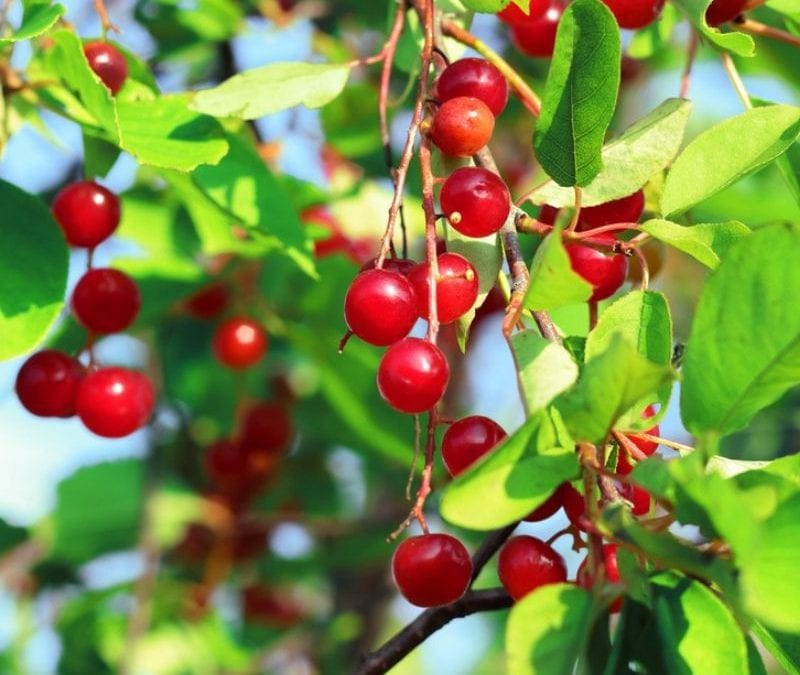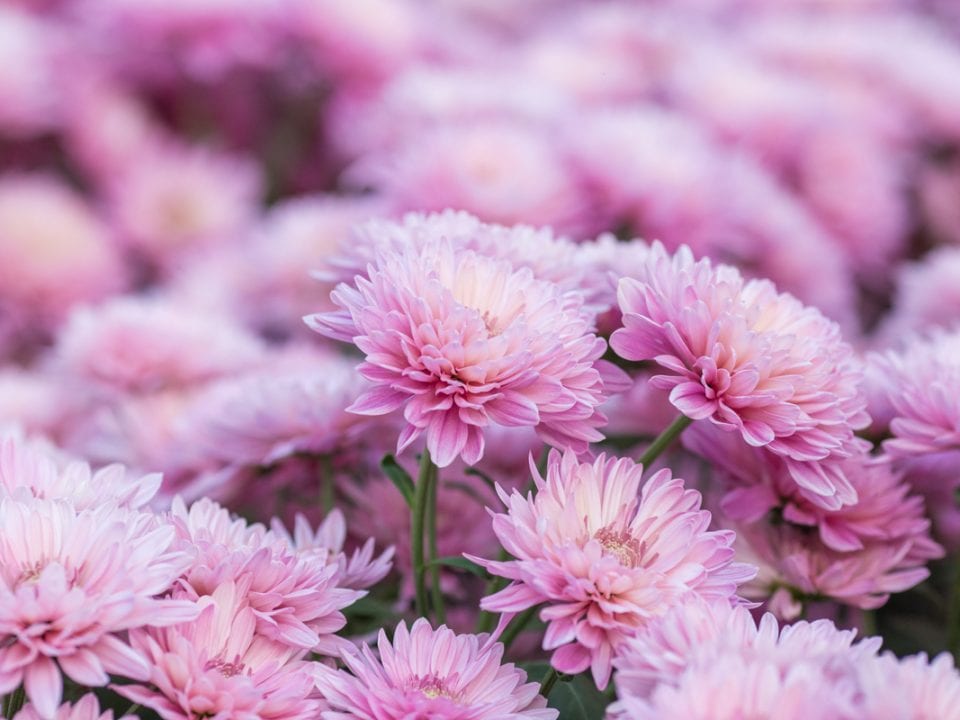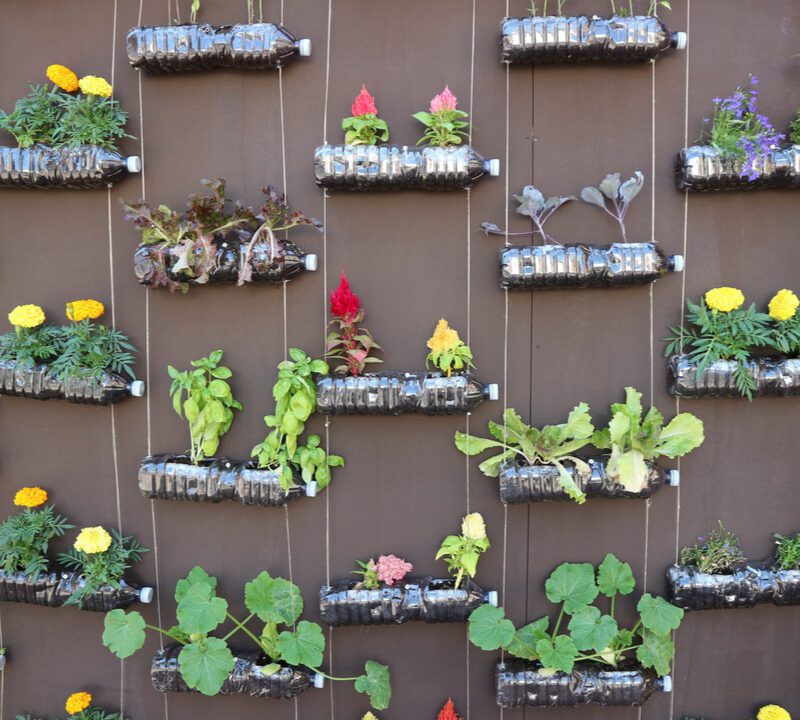- America's #1 lawn care company.
- 225-752-7252
Danger! Do Not Eat These Plants.

The Keys to Fall Weed Control: Pre-Emergent and BroadLeaf Weed Control
October 28, 2019The best part of hiking or camping is being one with nature and living off the land. But if you don’t know what you’re putting in your mouth, you might be in for a world of hurt. Sure, most plants out there are harmless or may induce a rash, like poison ivy. However, there are some plants that are highly toxic to humans and you’d be wise to steer clear of them when you see them, especially on an empty stomach. Berry identification will help you avoid ingesting dangerous berries.
Pokeweed
Pokeweed is native to the eastern United States but has spread West and south to other parts of the country. This dangerous plant grows in pastures, fencerows, open areas, and roadsides as a large bushy perennial that can quickly grow to a staggering 10 feet. Removing this plant is a pain thanks to its massive taproot. It has large leaves and produces dark purple berries in the fall.
The berries and every other part of the plant are toxic if ingested. Livestock have been known to be poisoned by feeding on the leaves and taproot. Keep children and animals away from this plant and if you see it growing on your property, remove it or destroy it.
White Baneberry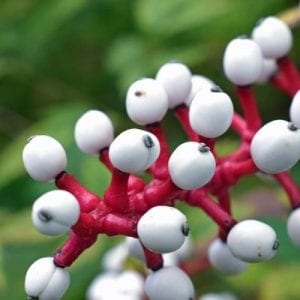
White baneberry, or “doll’s eyes” as it’s commonly referred to, gets its name from the snow white berries it produces with a single black “pupil” in the middle, making berry identification very easy. The berries grow on a pink stem which makes them very attractive. White baneberry can grow up to two feet tall and produces white flowers in May and June.
All parts of this plant are toxic and contain cardiogenic toxins that can trigger cardiac arrest in children if eaten. Signs of white baneberry poisoning are nausea, burning sensations, abdominal cramps, blisters in the mouth, confusion, and headaches.
Moonseed
Moonseed is a wild vine that produces grape-like berries, making berry identification very difficult. Unlike wild grapes, moonseed is toxic from root to stem and its berries can be fatal. To help tell them apart, grapevines have forked tendrils while moonseed does not. Grapevine grapes taste sour while the moonseed grape tastes awful, which is a good thing. So if you see one of these plants while you are out hiking, be extra careful and if in doubt, do not eat!
Chokecherry
Chokecherry trees are common throughout the U.S. They have beautiful shapes and canopies and can live for generations. If you live on a farm then you probably have encountered these trees your entire life. What most people don’t realize is that the little berries that it drops are extremely toxic to humans and animals.
The flesh of the berries are safe to eat but the seeds of the contain a toxin called glycoside and produce a compound similar to cyanide which is released during digestion and can cause death within minutes if enough is ingested. A single seed is not likely to cause serious symptoms but if enough are eaten symptoms can include dizziness, headaches, vomiting, increased heart rate and blood pressure, difficulty breathing, and kidney failure.
Castor Bean Plant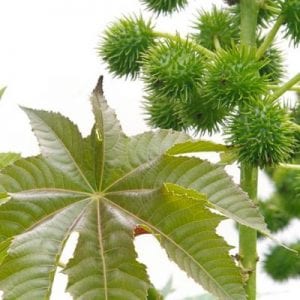
This strange and attractive looking plant looks like it came straight out of the Amazon rainforest and is the most deadly plant on this list. Its native home is in tropical parts of east Africa but it has made its way to the southern U.S. They are usually found growing in moist, well-drained soils and in old farm fields.
The seeds of the castor bean plant are extremely potent, containing ricin, one of the deadliest toxins found in nature. It’s almost 6,000 times more deadly than cyanide and 12,000 times more deadly than a rattlesnake bite. Just consuming four seeds can kill the average adult. If you thought you could get away with eating 3 or fewer, think again. Symptoms of eating just one seed can result in severe stomach pain, diarrhea, and convulsions. This is not a plant you want growing in your yard if you have small children or livestock.
Call Professional Help
If you need help with anything from lawn care to pest control then call the pros at TruGreen at 225-465-0665 or contact us on our website

